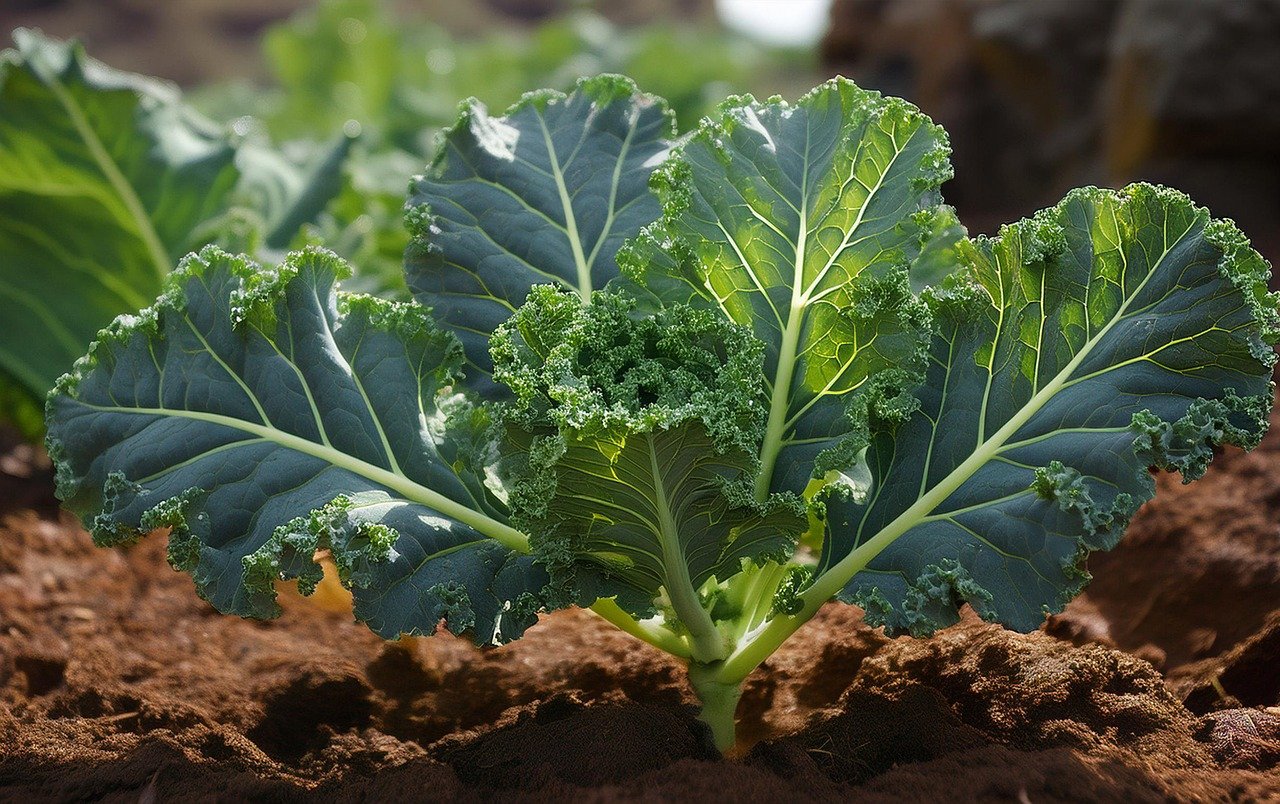What Crops Are Grown In Kenya?
You know how some industries really define a country? Well, for Kenya, agriculture isn’t just an industry – it’s the heartbeat of the nation. We’re talking about a sector that makes up nearly a third of Kenya’s GDP and puts food on the table for more than half the population. Pretty impressive, right?
Main Crops
The most common crop in Kenya is maize. Farmers grow it everywhere in the country, both small farmers for their families and larger farms for selling. They’ve been having some problems with weather changes and pests lately, but it’s still the main crop.
Tea is another big one, especially for export. It grows mainly in the highland areas. Over 500,000 small farmers grow tea, and the industry employs about 3 million people. Kenya actually leads the world in black tea exports.
Coffee is grown mostly in central and eastern Kenya, supporting around 700,000 households. Production has been going down because of poor farming methods and low prices from international buyers, but there are efforts to improve the situation.
The horticulture sector – fruits, vegetables, and flowers – is also significant. Most of these products are exported to Europe. The climate and soil in Kenya work well for growing these crops, and many people, especially women, work in flower farming.
Other Important Crops
Wheat grows in the highland areas, but farmers struggle with expensive fertilizers and pesticides. The government helps with some subsidies.
Sugarcane is big in western Kenya, around Kisumu and Kakamega. The main problems are poor roads for transport and disagreements about prices between farmers and sugar mills.
Cotton grows in eastern and coastal areas but faces tough competition from countries like China and India where production costs are lower.
Pyrethrum, used for making insecticides, is grown in the Rift Valley. This sector has declined because synthetic insecticides are providing strong competition.
Subsistence Farming
Many farmers grow crops just to feed their families. These include:
- Sorghum and millet, which grow well in dry areas
- Beans and peas for protein
- Cassava, which can grow in poor soil
- Sweet potatoes, which provide important vitamins
Main Challenges
Weather is a big problem. Climate change has made it hard to predict weather patterns, leading to crop failures and reduced harvests.
Small farmers have trouble getting loans because banks have strict requirements and farmers often don’t have collateral.
Poor infrastructure is another issue. Bad roads and lack of storage facilities mean a lot of crops go to waste before reaching markets.
What Needs to Be Done
The agricultural sector needs:
- More research and development
- Better irrigation systems
- More storage facilities
- Better roads and transport
- Sustainable farming methods like crop rotation
- Better integration of livestock and crops
Kenya’s agriculture sector has problems but also opportunities. With proper investment and support, it can continue to be important for the country’s economy and food security.



